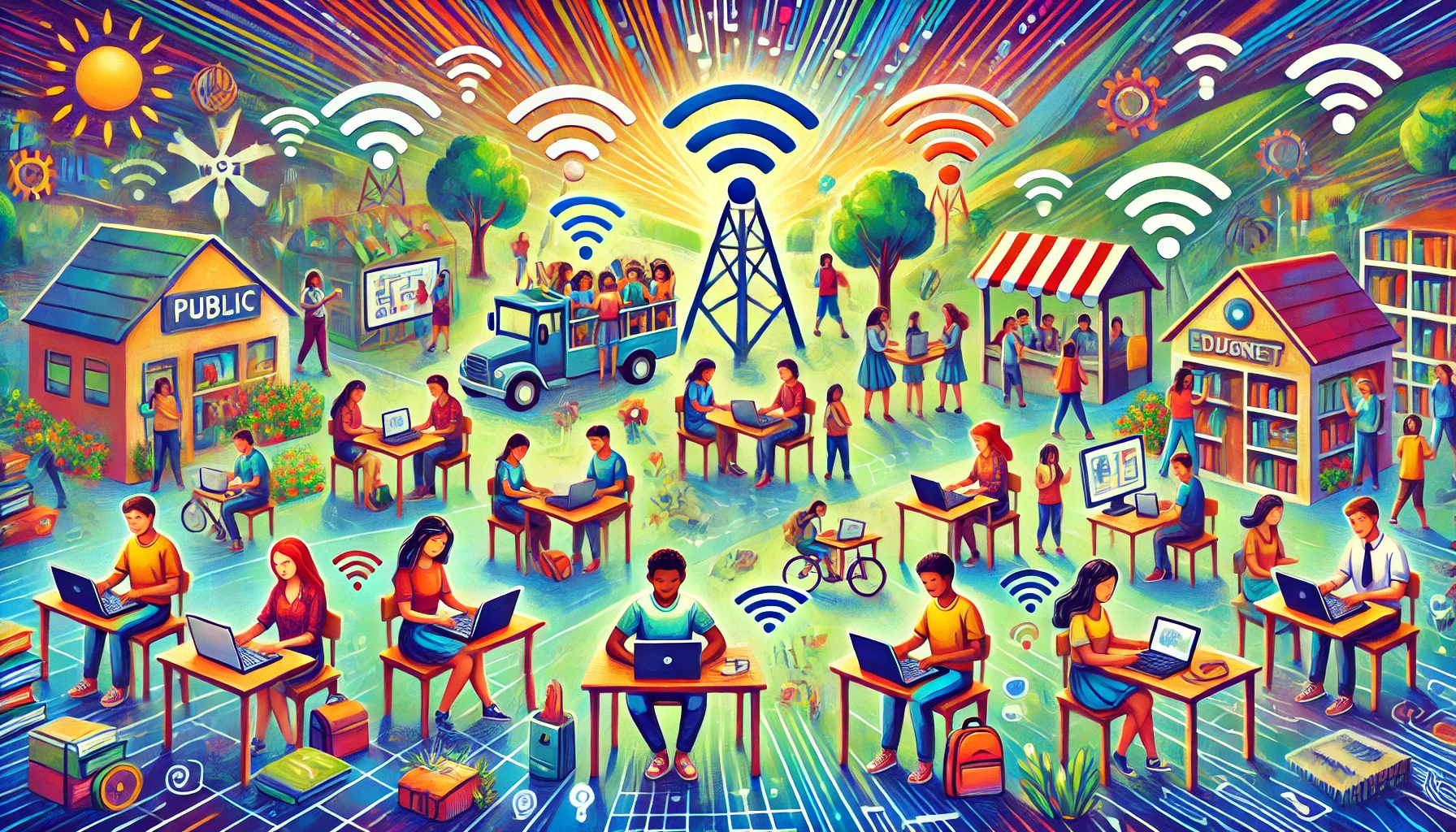Overcoming the Digital Divide: How EdTech Is Bridging Accessibility Gaps in Education

Introduction: The Digital Divide is More Than Just a Buzzword
In the 21st century, education is no longer confined to chalkboards and textbooks. The explosion of EdTech (Education Technology) has made learning as accessible as tapping on a tablet. But while some students zoom their way through online classes, others are left on the wrong side of the 'digital divide.' The issue is real, folks, and it's not just about having the latest gadget. We're talking about millions of students—many from underserved communities—struggling to access the tools they need for a proper education. Thankfully, EdTech is stepping in to bridge the gap, and the efforts are as diverse as the students themselves.
The Role of Internet Access: From Digital Deserts to Wi-Fi Wonders
The biggest elephant in the virtual classroom? Internet access. In rural and low-income areas, stable internet can be harder to find than your homework the night before it's due. It's 2024, and yet, more than 40 million people in the U.S. still don’t have reliable access to the internet. Fortunately, organizations and companies are pulling out all the stops to get Wi-Fi into every nook and cranny. Companies like Google and Microsoft have rolled out initiatives to provide affordable or even free internet services to underserved communities. Heck, some schools are even partnering with local governments to set up public hotspots in neighborhoods—yes, you read that right, free Wi-Fi while walking the dog!
Affordability: Making EdTech Accessible for Everyone
Now, internet access is one thing, but what about the devices? Having the Wi-Fi without a laptop is like having peanut butter with no jelly. EdTech platforms and companies are rising to this challenge. Google’s Chromebook, for instance, is practically the hero of this story. Affordable, durable, and easy to use, these devices are distributed en masse to students across the country. But it's not just about hardware—platforms like Khan Academy, Coursera, and even YouTube provide free or low-cost educational resources that can run on any device with an internet connection. EdTech is doing a remarkable job of making sure that affordability doesn’t stand between a student and their learning.
Community-Based Solutions: It Takes a Village, Literally
It's not just the big tech companies getting involved; local communities are stepping up in creative ways. Take, for instance, the rise of 'Learning Hubs.' These are community spaces, often in libraries or local centers, where students can come to access not just the internet but also tutors, devices, and a safe learning environment. Some even provide meals, because let’s be real—no one can focus on geometry when they’re thinking about lunch. These hubs are proof that when the community comes together, even the most daunting challenges can be tackled.
EdTech Innovations: Tailoring Learning for Every Student
In addition to providing access and affordability, EdTech platforms are also evolving to meet the individual needs of students. Adaptive learning technologies use AI to tailor lessons to the pace and style of each learner. For students in underserved areas, this can be a game changer. No longer does a student have to struggle to keep up with the rest of the class; the technology adjusts to their personal needs, making education more inclusive than ever. Whether it's personalized tutoring through apps or AI-driven lesson plans, the future of education is looking brighter for all.
Challenges: The Road Ahead Isn’t Completely Paved
Despite all the progress, there’s still a long way to go. Some students still face barriers like unstable home environments or schools that lack the infrastructure to support digital learning. Not to mention, digital literacy remains an issue. It's one thing to have access to the tools, but knowing how to use them effectively is another. Programs that teach not just students but also parents and teachers how to navigate EdTech are essential for long-term success. Without these, all the gadgets and Wi-Fi in the world won’t mean much.
Conclusion: A New Era for Education
The digital divide may seem like a chasm, but with the combined efforts of tech companies, communities, and educators, it's shrinking faster than ever. EdTech is opening doors for students in underserved areas, providing them with the tools and resources they need to succeed. Whether it's through affordable devices, free internet access, or adaptive learning technologies, education is becoming more accessible, inclusive, and equitable. The question now is, what’s next? How can we continue to innovate and ensure that no student is left behind in this digital age?



